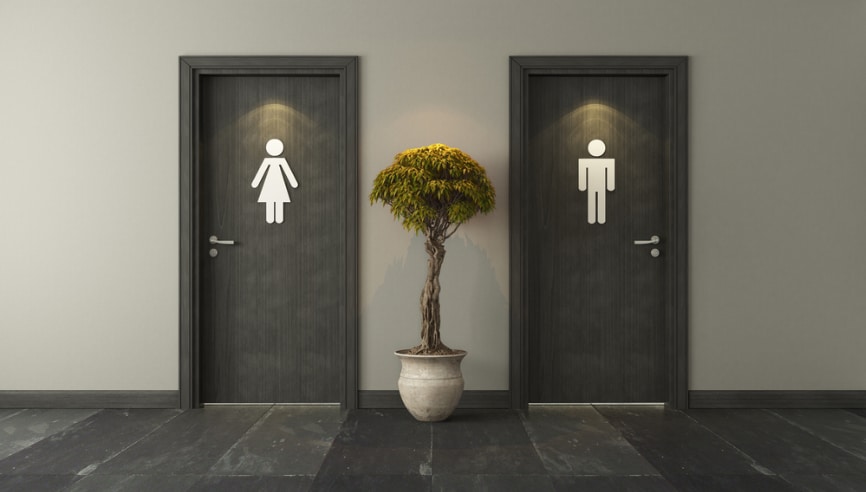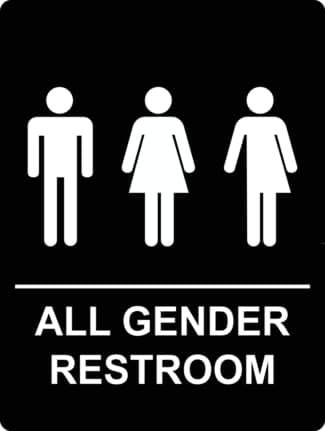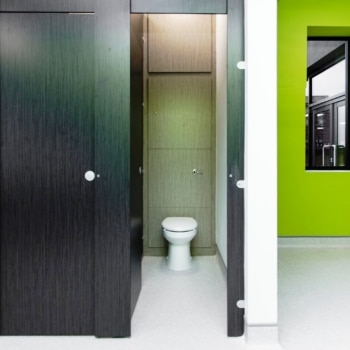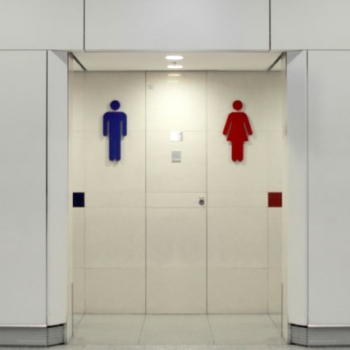Based on the UK Government's recent announcement regarding unisex toilets, we explore whether separate male and female toilets are still necessary.
When men and women began working together in the 1700s the first gender-segregated toilets were created; ensuring men and women have separate facilities. Things have changed a lot since the 1700s, fast forward to today, and we have a multitude of segregation; male and female toilets, disabled toilets, family toilets, and gender-neutral toilets.
Do you have to have separate male and female toilets? At the beginning of July 2022, the UK Government Department for Levelling Up, Housing and Communities announced that all new public buildings should have separate male and female toilets. Whilst this announcement has been widely criticised for being transphobic, the guidelines have gone on elaborate that separate unisex (or universal) toilets should be provided if there is space but should not come at the expense of female toilets.
Kemi Badenoch MP (Minister for Equalities) said: "It is vital that women feel safe and comfortable when using public facilities, and that their needs are respected”.
"These changes will ensure that separate toilets for men and women are preserved at the same time as providing universal toilets for those that want them. This is a common-sense approach".
Before this decision was made, in-depth research was conducted. Opinions were gathered from a broad spectrum of the general public which formed an aid in assisting the Government to make this informed decision.

What Does Unisex Bathroom Mean?
Unisex bathrooms refer to bathrooms that are suitable for any gender to use. allowing for non-binary, male, female, and transgender people.
At present unisex toilets can be found on some public transport- trains, planes, coaches, and disabled toilets are also unisex. These toilets are dedicated self-contained spaces maintaining privacy for the single user.
Advantages & Disadvantages of Unisex Toilets
One of the main advantages of gender-neutral toilets is it prevents discrimination against transgender people. There are cases where transgender people avoid going to public toilets due to the risk of being bullied. The use of gender-neutral toilets goes a long way to prevent this from happening- so everyone can feel comfortable when using public bathrooms.
Another advantage of unisex toilets is parents can accompany their children of the opposite sex, to the toilet. Thus, reducing any problems which may come with mothers & fathers, taking their daughters/sons to the toilet.
Similarly, same-sex parents can take their children to the toilet without worrying about their safety should they have to go on their own.
An example of mixed-use facilities and the difficulties encountered from making this your sole provision is The Old Vic Theatre in London. Back in 2019, the Theatre underwent a full refurbishment making all of their washroom facilities gender-neutral; they created more facilities going from 22 to 44. This was a mix of 26 toilets and 18 urinals of the 44 toilet facilities there are now only 26 women could use and a full 44 for men, which caused outcry from the patrons.

If you have any questions or need any advice, the team at Excelsior have a wealth of experience in these matters and can provide advice and assistance with all of your projects. Our expert team is on hand to guide you through the decision process and manufacture the best cubicle system for you, taking into account up-to-date guidelines, your project specification, and your budget.
To learn more about our completed projects, please visit the case studies page.

